To provide the best experiences, we use technologies like cookies to store and/or access device information. Consenting to these technologies will allow us to process data such as browsing behaviour or unique IDs on this site. Not consenting or withdrawing consent, may adversely affect certain features and functions.
The technical storage or access is strictly necessary for the legitimate purpose of enabling the use of a specific service explicitly requested by the subscriber or user, or for the sole purpose of carrying out the transmission of a communication over an electronic communications network.
The technical storage or access is necessary for the legitimate purpose of storing preferences that are not requested by the subscriber or user.
The technical storage or access that is used exclusively for statistical purposes.
The technical storage or access that is used exclusively for anonymous statistical purposes. Without a subpoena, voluntary compliance on the part of your Internet Service Provider, or additional records from a third party, information stored or retrieved for this purpose alone cannot usually be used to identify you.
The technical storage or access is required to create user profiles to send advertising, or to track the user on a website or across several websites for similar marketing purposes.
Turquoise Checkerboard Discus – Symphysodon aequifasciatus “Turquoise Checkerboard” size 5 to, Stunning Tropical Fish, Ideal Companions for Beginner Aquarists Seeking Colorful Additions 1 × £55.00

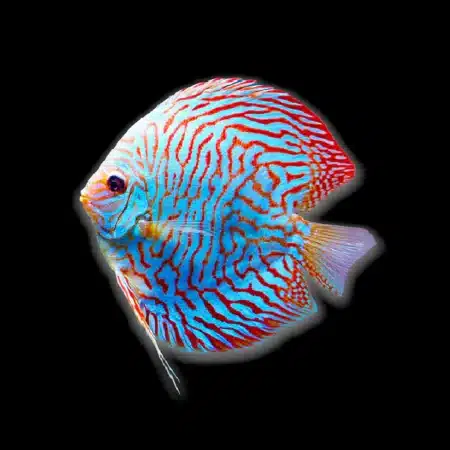 Turquoise Checkerboard Discus – Symphysodon aequifasciatus “Turquoise Checkerboard” size 5 to, Stunning Tropical Fish, Ideal Companions for Beginner Aquarists Seeking Colorful Additions
Turquoise Checkerboard Discus – Symphysodon aequifasciatus “Turquoise Checkerboard” size 5 to, Stunning Tropical Fish, Ideal Companions for Beginner Aquarists Seeking Colorful Additions 


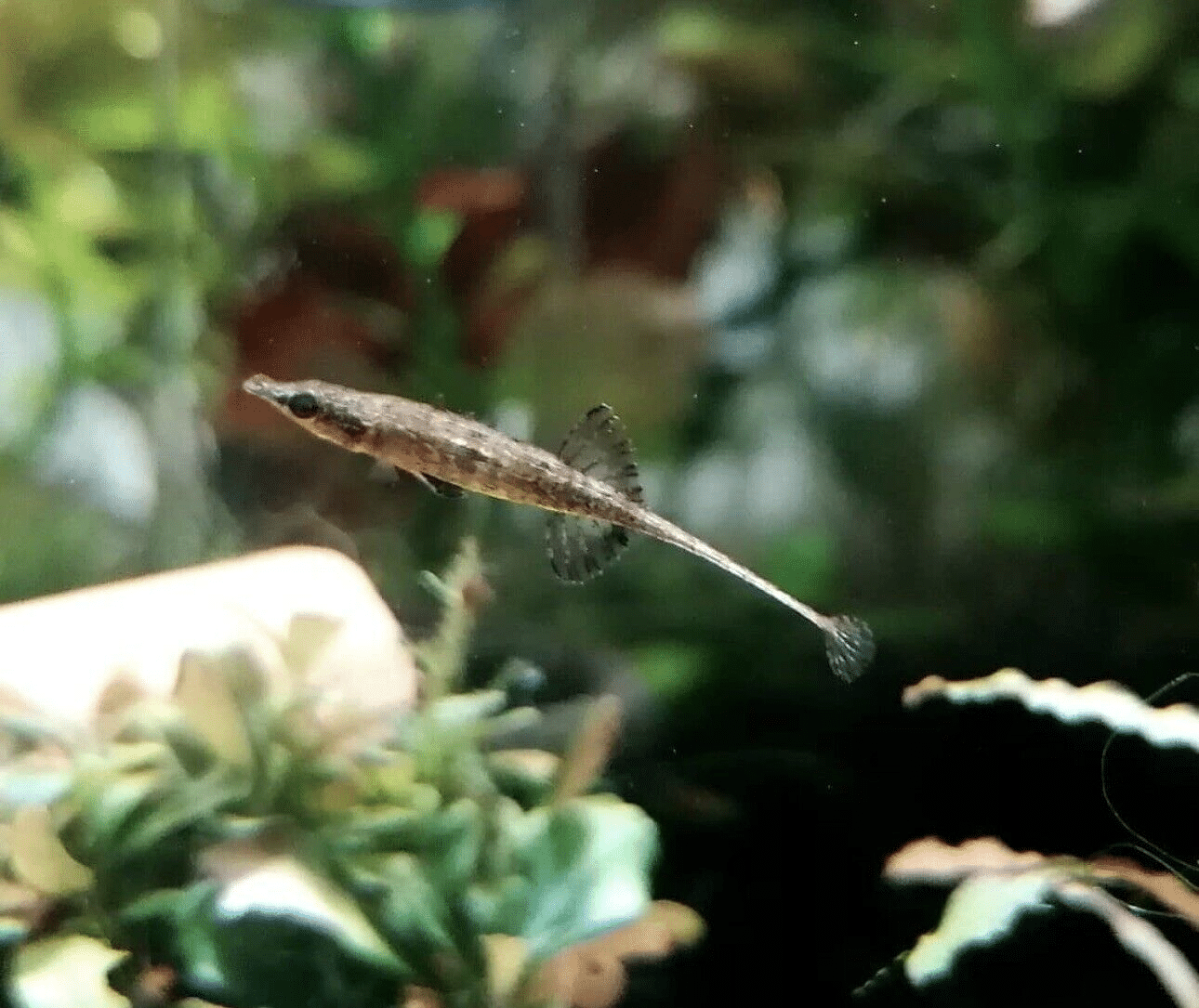
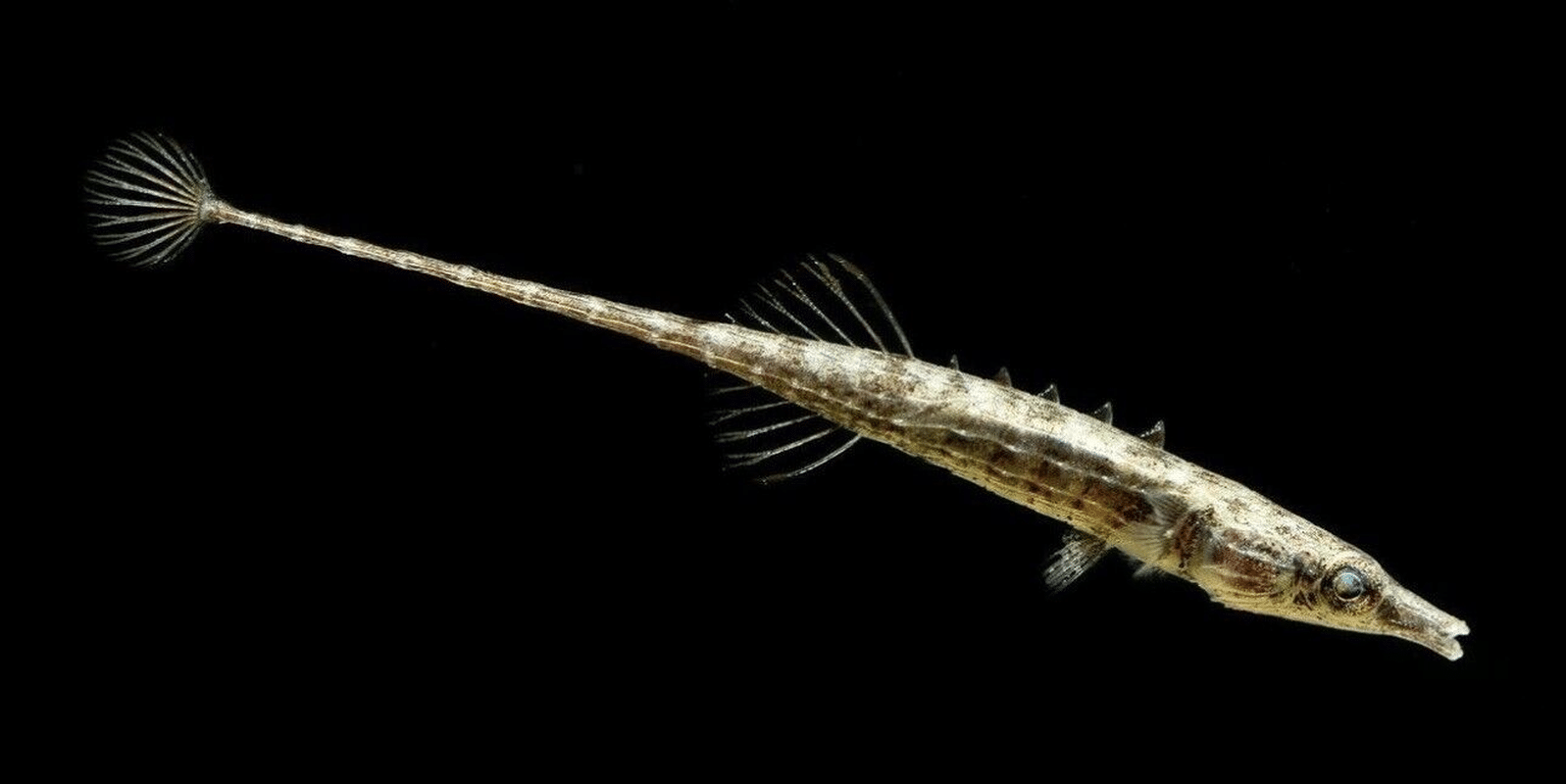
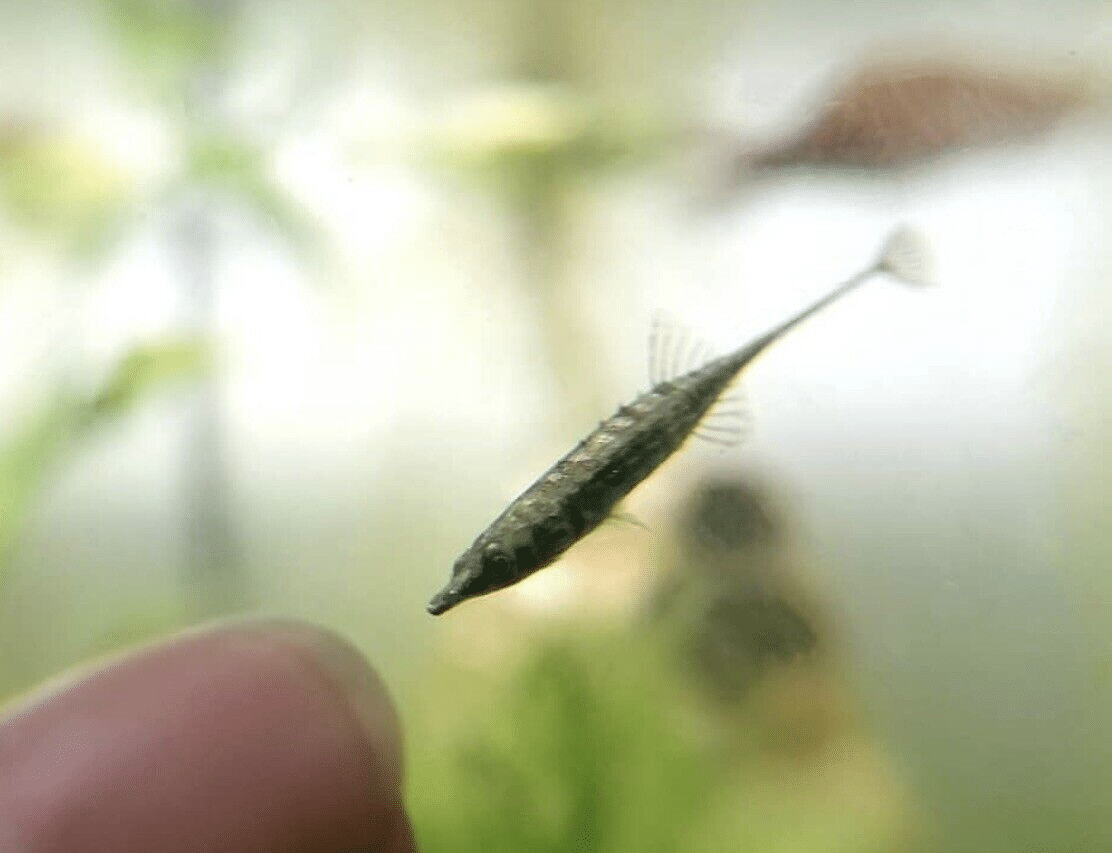


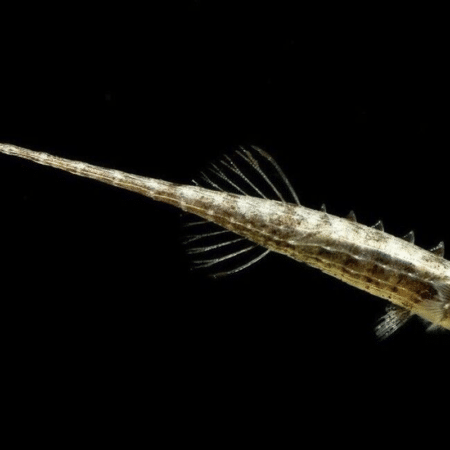

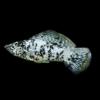











Emma Williams (verified owner) –
I recently purchased 4 Indostomus Paradoxus for my 20-gallon nano planted aquarium, and I couldn’t be happier! These little fish, each about 2-3 cm, have added such a charming dynamic to my setup. After about two weeks in their new home, they’ve really started to thrive among the lush aquarium plants. Watching them dart between the foliage is mesmerizing!
Compared to other nano fish I’ve kept, these guys are much more active and social. They seem to enjoy the plant cover, which gives them a sense of security. I also appreciate how peaceful they are – they get along beautifully with my other tank mates. One minor concern was that they were a bit shy initially, but with the right environment and some patience, they’ve become quite bold.
I’d recommend the Indostomus Paradoxus to any aquarium enthusiast, especially those with planted tanks looking for unique and engaging fish. These small wonders are not just pretty; they genuinely bring life to your aquatic world. Overall, I’m thrilled with my purchase and would definitely buy them again!
Emily Carter (verified owner) –
I recently added 4 Indostomus Paradoxus to my 20-gallon planted aquarium, and they have quickly become the stars of the show! At just 2-3 cm each, these little beauties are not only visually stunning, but they also do a fantastic job of keeping algae in check. After about two weeks of watching them thrive, I can confidently say that they love darting amongst the plants, which adds life to my aquascape.
What I appreciate most is their gentle nature; they get along wonderfully with my other community fish, which is a huge plus for any freshwater fish enthusiast. I’ve previously kept similar algae eaters that were more aggressive, so this has been a refreshing change!
Even though they are small, they pack a lot of personality, and I often find myself mesmerized by their movements. Just a small tip: make sure to provide plenty of hiding spots and plants for them to explore – they thrive in a well-planted environment. Overall, I highly recommend the Indostomus Paradoxus to anyone looking to enhance their aquarium aesthetics while being mindful of fish welfare. You won’t be disappointed!